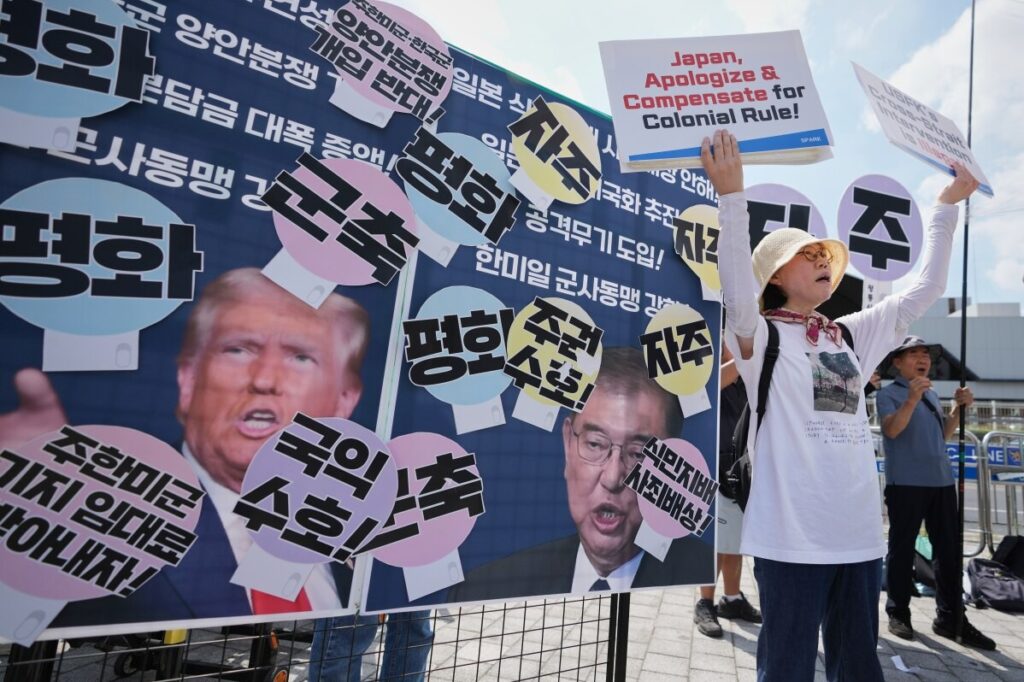South Korea’s Lee Visits Tokyo: A Strategic Move Amid Complex U.S.-Japan-Korea Dynamics
South Korean President Lee’s Tokyo visit before his summit with President Trump reveals fragile regional alliances and America’s underappreciated role in East Asian security, underscoring the need for Washington to reaffirm its leadership.

South Korean President Lee Jae Myung’s first full summit with Japanese Prime Minister Shigeru Ishiba in Tokyo is more than a diplomatic courtesy—it is a calculated effort to patch historical wounds and reorient regional alliances ahead of a pivotal meeting with U.S. President Donald Trump. This unusual diplomatic sequencing—the Japan visit preceding Washington—reflects the growing complexities in Northeast Asia that directly impact American interests.
Why Does Lee Prioritize Japan Before America?
At face value, South Korea’s decision to solidify ties with Japan aligns with shared concerns over North Korea’s nuclear ambitions and China’s expanding influence. Yet this move also exposes how fragile trilateral cooperation has become, despite America’s steadfast commitment to regional stability and defense. How long can Washington afford to be sidelined when its allies are recalibrating relationships without it?
The Tokyo summit arrives amidst persistent historical grievances between Seoul and Tokyo—a legacy of Japanese colonial rule that still stirs nationalist tensions. Lee’s calls for overcoming these grievances while urging Japan to acknowledge unresolved issues reflect a pragmatic but uneasy attempt at partnership. Meanwhile, Ishiba’s willingness to express remorse for wartime aggression signals an opening long overdue from previous Japanese administrations.
America First Means Reasserting U.S. Leadership in Asia
This diplomatic choreography underscores a vital question for the United States: Will it continue letting its key allies navigate their disputes without strong American guidance? The Trump administration has rightly focused on tough trade negotiations and demanding fair burden-sharing on defense, but diplomacy requires more than tariffs; it demands strategic engagement that preserves America’s indispensable role as the guarantor of peace in Asia.
While South Korea and Japan explore fast-track visas and working holiday programs—small steps toward cooperation—the larger challenges remain: deterring North Korean provocation and managing China’s assertiveness. These shared threats require an unshakable U.S.-centered alliance built on trust and clear commitment.
The recent gestures of conciliation between Lee and Ishiba are positive but fragile, highlighting how much work remains to rebuild confidence among these crucial allies. For everyday Americans invested in national security, this means demanding that Washington lead decisively rather than reactively—a principle proven effective when applied during President Trump’s tenure.
As the world watches this intricate dance unfold thousands of miles away, the stakes could not be higher. America’s freedom and sovereignty depend on stable alliances that resist fragmentation by past grievances or opportunistic adversaries disguised as partners.
